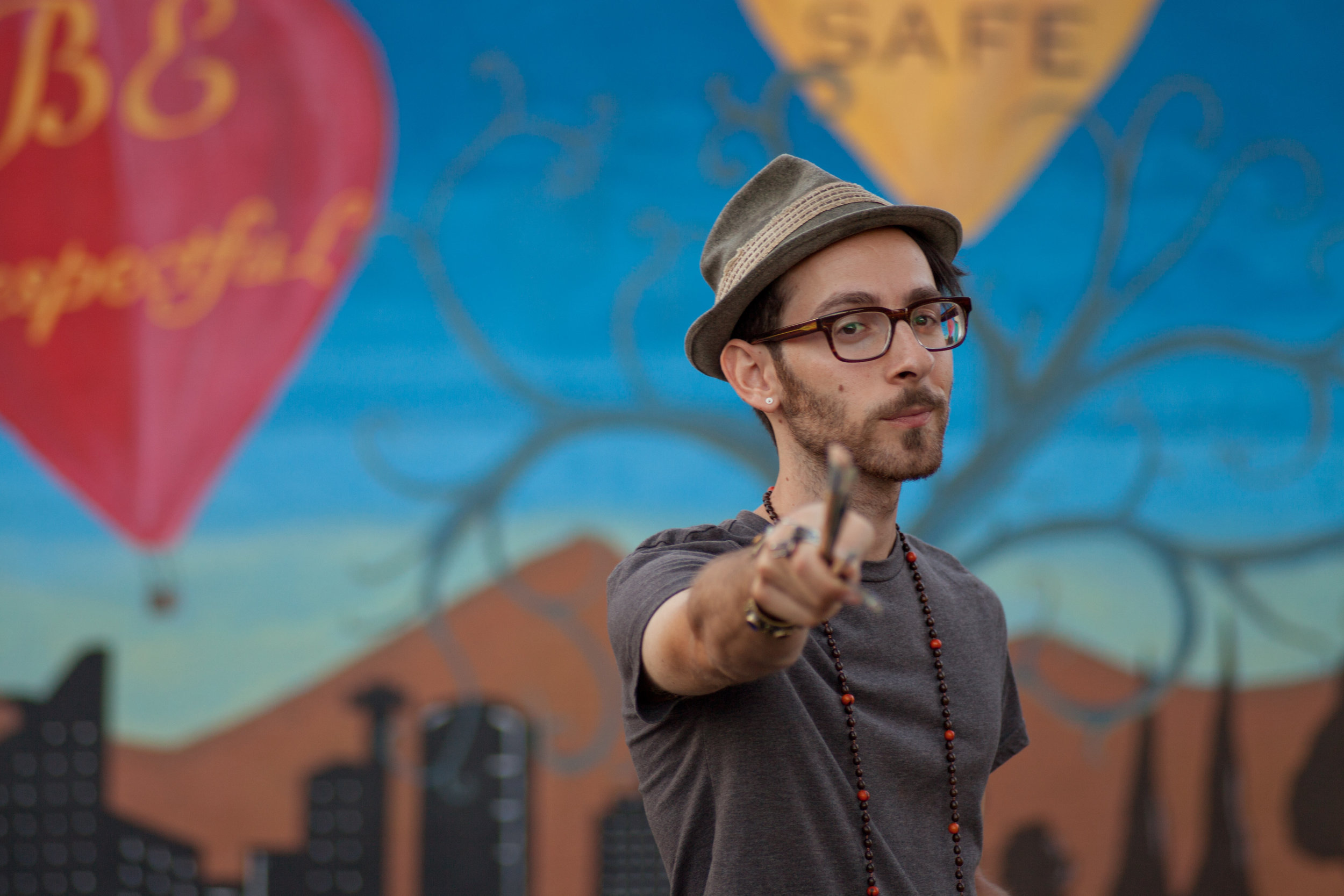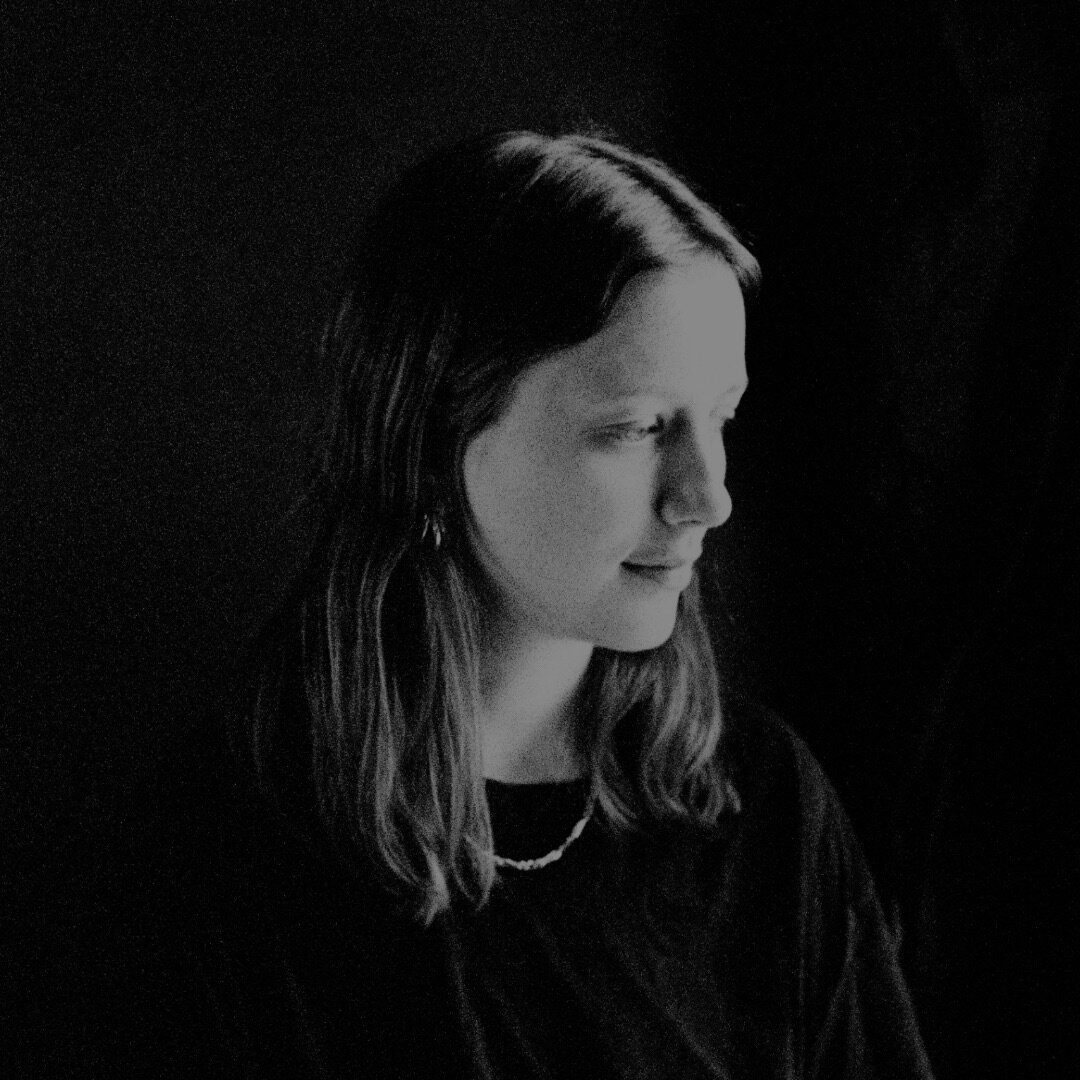The Art of Diamond Stingily: A Celebration of Black Creativity and Resilience

Responding to everything from racial identity to the structures that govern our lives, the work of Chicago-based artist and writer Diamond Stingily speaks trenchantly for her generation.
Diamond Stingily is not an overtly political artist. Yet looking at her sculptures and installations, it is impossible not to be confronted with a sense of anger and rebellion. Her work manifests and responds to racism, sexism, surveillance, relationships and the structures that control the everyday. After stand-out exhibitions with galleries Ramekin Crucible in LA and Queer Thoughts in New York, she is on the eve of contributing to the New Museum triennial. Something that will undoubtedly take her from the cultural underground, into a very serious art world mainstream.
Diamond Stingily, How Did He Die, 2016. Courtesy of Ramiken Crucible Los Angeles.
For Stingily, in the beginning there was the word. “As a child, even though I came from a large family, I was very independent. I liked to do my own thing. I felt lonely a lot, which I think is fine and normal. My grandma gave me my first journal, because I was always writing stories,” she recalls. “I think sometimes, for me at least, it’s hard for me to express myself verbally out loud.” When conceiving her works, writing always comes first. She doesn't have a studio practice per se – as she explains, “New York’s too expensive. I can’t afford to pay for like two places.” She writes down her ideas. Everything begins in her head.
Artist Martine Syms published Stingily’s diary from the age of 8 with her publishing imprint Dominica “Love, Diamond’. The now sold out book, was a glimpse of the artist’s inner life but reaches beyond that. “I don't see that there is enough of a dialogue about black girlhood,” Stingily explains. “It's all I knew for a really long time. I think people can relate to that, like being your true self around like your friends and then being like your false self within certain family roles. I think that's a lot of the time within a black family there are especially certain roles that you fill or play.”
Stingily is originally from the west side of Chicago. She spent most of her youth in a suburb called Country Club Hills and moved deeper into Illinois when he parents split up. Her father is house music singer and producer, Bryon Stingily and mother ran a hair salon. The references and experiences of her childhood are a running theme in her work. It's a form of artistic language to hook the viewer in. “Everyone has had a childhood, good or bad. I think mine could be, dependent on perspective, good or bad. I had a childhood. I can remember it well. It was cool,” Stingily explains.
Diamond Stingily, Kaas (2017) at FIAC, Paris. Courtesy of Queer Thoughts.
Hair is one of the central motifs in her work. In particular long black braids of afro hair, sometimes in barrettes. Her hair pieces bring with them the weight of the history of Afro-feminism, politics and race in an immediate way. “My mother does hair for a living, so I grew up around black hair salon culture. Good hair, bad hair, 4C, 3A. Black women take pride in their hair, and I love it. It's something about our culture. I really can't explain it out loud. You know what I mean? I can't vocalize it. You could damn near set my hair on fire, it's still going to be here.”
“Even at an early age, I had to learn to tell people not to touch me. Like for real - don’t touch my hair. Don’t touch me. ”
The artist is aware of the response to hair is part of a “new woke-ness” and focus on black beauty. In her work, the braids hint at the human body’s presence but the body itself is absent. Instead the hair becomes symbolic, a stand in for a human body. ”Even at such a young age, people objectify the black body. I feel like people sexualize black children a lot with these like memes. And I hate that shit. I feel like white celebrity children are protected or these memes are like when a white kid it's never like anything sexual or anything like that,” she says. “Even at an early age, I had to learn to tell people not to touch me. Like for real - don't touch my hair. Don't touch me. And I don't think people are really aware of what that does to the self-consciousness of a people. To be aware that you have a body and you don't want people to touch it - to just think they can.”
“I think violence is a part of every day for a lot of people - to be non-violent I think is a very privileged thing. To not live in violence is a privilege…”
Stingily has observed that people have the same feeling with braids in her work. They are tempted to touch it and cross the line of the art object. Her braid pieces are not benign. In one exhibition she nailed a series of braids to worn out doors, with baseball bats leaning against them. The result was aggressive and exuded the residue of violence. “I think violence is a part of every day for a lot of people - to be non-violent I think is a very privileged thing. To not live in violence is a privilege…” The work can be read as a statement on poverty, racism, misogyny yet there is nothing simplistic about her approach. Stingily doesn't see herself as a political artist. “I think really no matter what, if you're making work now, most work is political. Most, all art has some kind of politics in it, that's why it's popular.”
Diamond Stingily, Tower Light, 2017. Courtesy of Ramiken Los Angeles. Photography Dario Lasagni.
Stingily’s work is rooted in her awareness of the experience of the African diaspora in America, in particular from a female perspective, but it isn’t flattened by references to specific contemporary politics moments. Her show ‘Surveillance’ at Ramiken Crucible in LA for example consisted of a papered-up gallery, with two cameras watching each room, populated by only girls, yellow light and little handmade dolls with braids. The aim was to show only certain people are being watched.
“In Chicago and in New York, I noticed there's a lot of surveillance. People being watched digitally in ghettos, urban neighborhoods. There's light towers I know in New York City. When I first walked past them, I assumed they were like shooting a movie. Cause these lights are so bright but they don't really do anything. They just push whatever's going on, on that street, someplace else. We're constantly being watched even if we're unaware of it Who's watching you?”
“We’re constantly being watched even if we’re unaware of it Who’s watching you?”
The ‘Hergott’ dolls, which she also brought to FIAC in Paris last autumn, are small, fabric avatars. The small black figures appear caught with arms apart. There is something vulnerable about them. “I'm low-key obsessed with the Amish. Those dolls are an Amish word for like God dolls. You'll see them around rural areas. They're mainly in the Midwest, and you see them, but you don't really interact with them. You know not to touch them or take pictures. And sometimes I think like what would it have been like if black people were Amish? Like if after slavery we went somewhere else or we had some land and spoke a whole different language, dressed completely different, just not a part of like what the Amish calls ‘the English world’.”
Diamond Stingily, Hergott Dolls, 2017. Courtesy of Ramiken Los Angeles. Photography Dario Lasagni.
Stingily in no way limits herself to the art world. In fact, much of her work, aside from the writing, takes place on online. She has a regular online radio show and is active on social media. The Diamond Stingily Show Featuring Special Guests and Friends on Know Wave airs the work of poets, writers, people who make sound pieces focused on other people’s work. She also has a soap opera in her Instagram stories (@lilboosieplaycousin). “I have a reality show. I don't even watch it, but the idea fascinates me as these people with cameras just like following someone around, and this is supposed to be real life. People now don't have fans; they have supporters. You don't call someone a fan now. Like Amber Rose has Rosebuds. Like Blac Chyna has like Chyna Dolls. Beyoncé has Beehive. Rihanna has Navy. Because my name is Diamond, my supporters are sparkles. Team Sparkles. Sparkle movement. Sparkle Nation. Diamond District. Diamond life. These could all be useful hashtags.” As it’s on Stories, the narrative of her fictional soap disappears. “I know people are watching. Sometimes people will know the story better than me.”
There is a generosity about collaboration with Diamond. She namechecks artists Hiba Ali, Bree Williams, Martine Syms and Susan Ciancolo with enthusiasm. Her background also defies artist clichés. “I'm a college dropout, because I couldn't afford school. I think there's a lot of realness to me, and I think that's why people enjoy my work,” Stingily observes. “Not everyone can go out to a gallery, have time to do that. The art world is not that welcoming. The art world is like super-segregated to me. There's a lot of class-ism and there's a lot of racism. I enjoy creating. I'm doing it because I enjoy it. If you're writing, that's what you're doing. You're writing. If you consider yourself an artist, that's what you are,” she states. “You're an artist.”
- Text by Francesca Gavin
Author account for the Good Trouble hive-mind.









